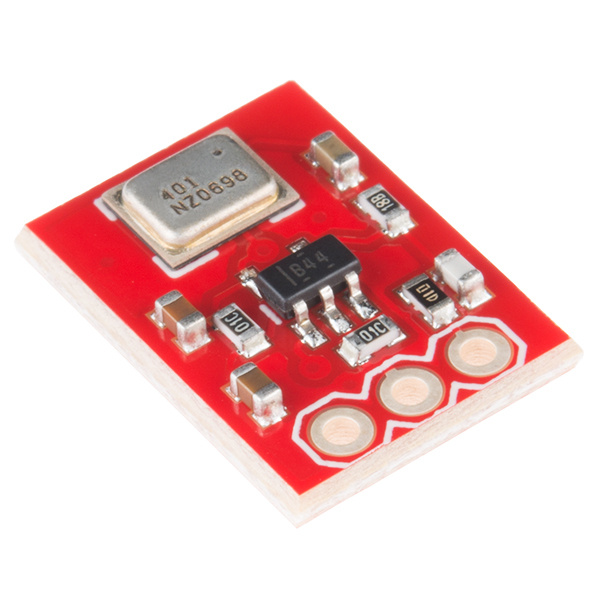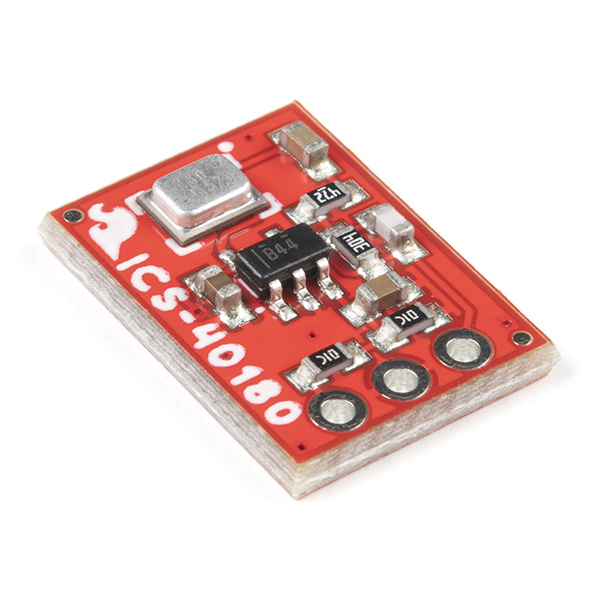MEMS Microphone Hookup Guide
Introduction
Introduction
The SparkFun MEMS microphone breakout board is a simple and easy-to-use microphone for a variety of sound-sensing projects. The on-board microphone is a low-power, omnidirectional microphone with an analog output. It works for both near and long-range uses and is particularly good for portable applications due to its low power consumption. Possible applications include: smartphones, digital video cameras, and keeping an "ear" on your pets while you're away. Below are boards that breakout the ADMP401 and ICS-40180 microphones.
Read this hook-up guide to get an overview each breakout board and how to use it, including its technical specifications, how to hook it up to a microcontroller, and an example code to get started!
Questions? Feedback? Want to share an awesome project you built using this sensor? Write a comment at the end of this tutorial!
Suggested Reading
To successfully use the SparkFun MEMS microphone breakout board, you'll need to be familiar with Arduino microcontrollers, analog (aka ADC) input, and sound waves. For folks new to these topics, check out the following resources to get a feel for the concepts and verbiage used throughout this tutorial.
What is an Arduino?
Installing Arduino IDE
Analog vs. Digital
RedBoard Qwiic Hookup Guide
We also suggest reading the following for more information about sound and specifications for the IC that is populated on your version of the MEMs microphone breakout.
- The Wikipedia page on the science of sound!
- And finally, and most importantly, the datasheet for your IC!

